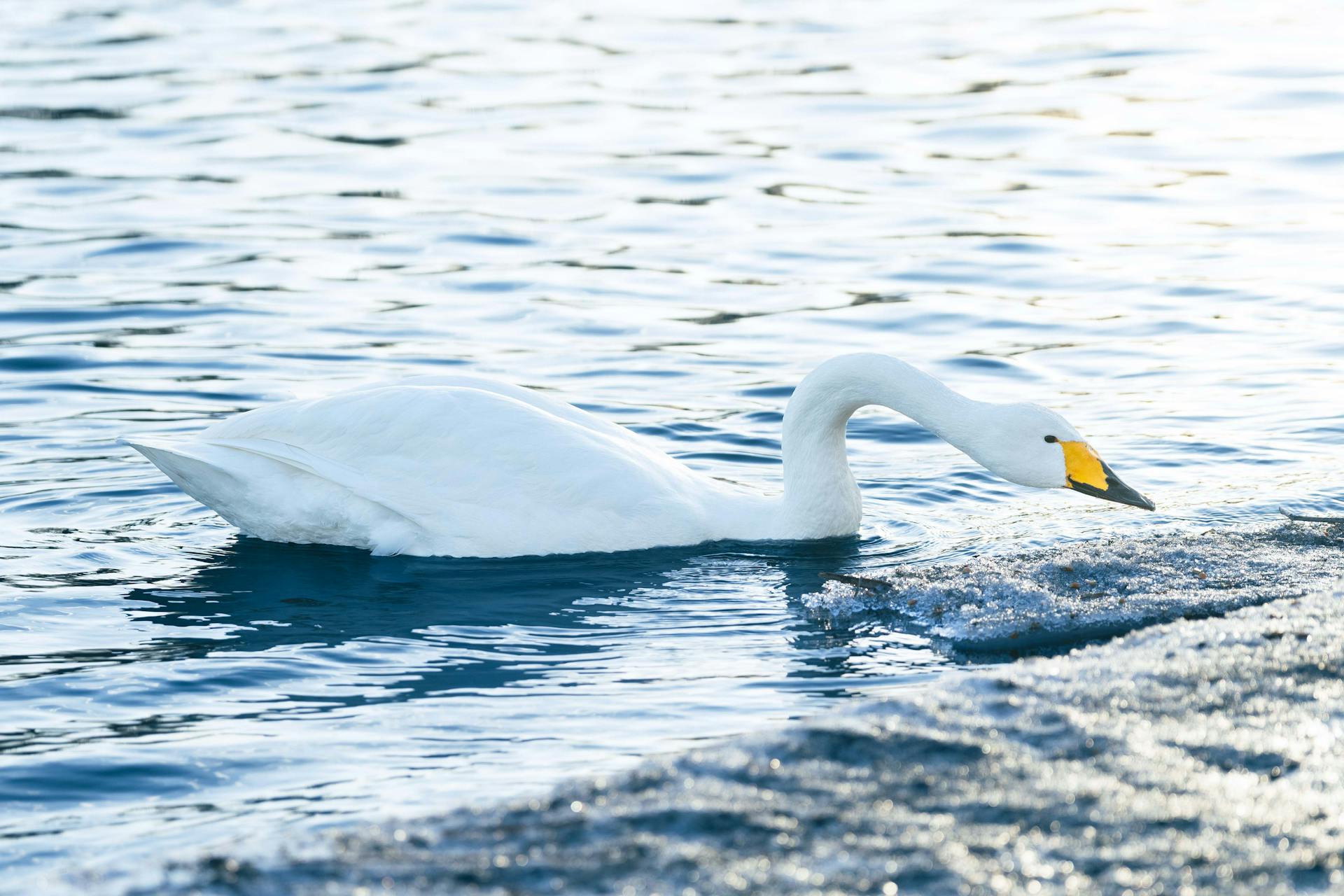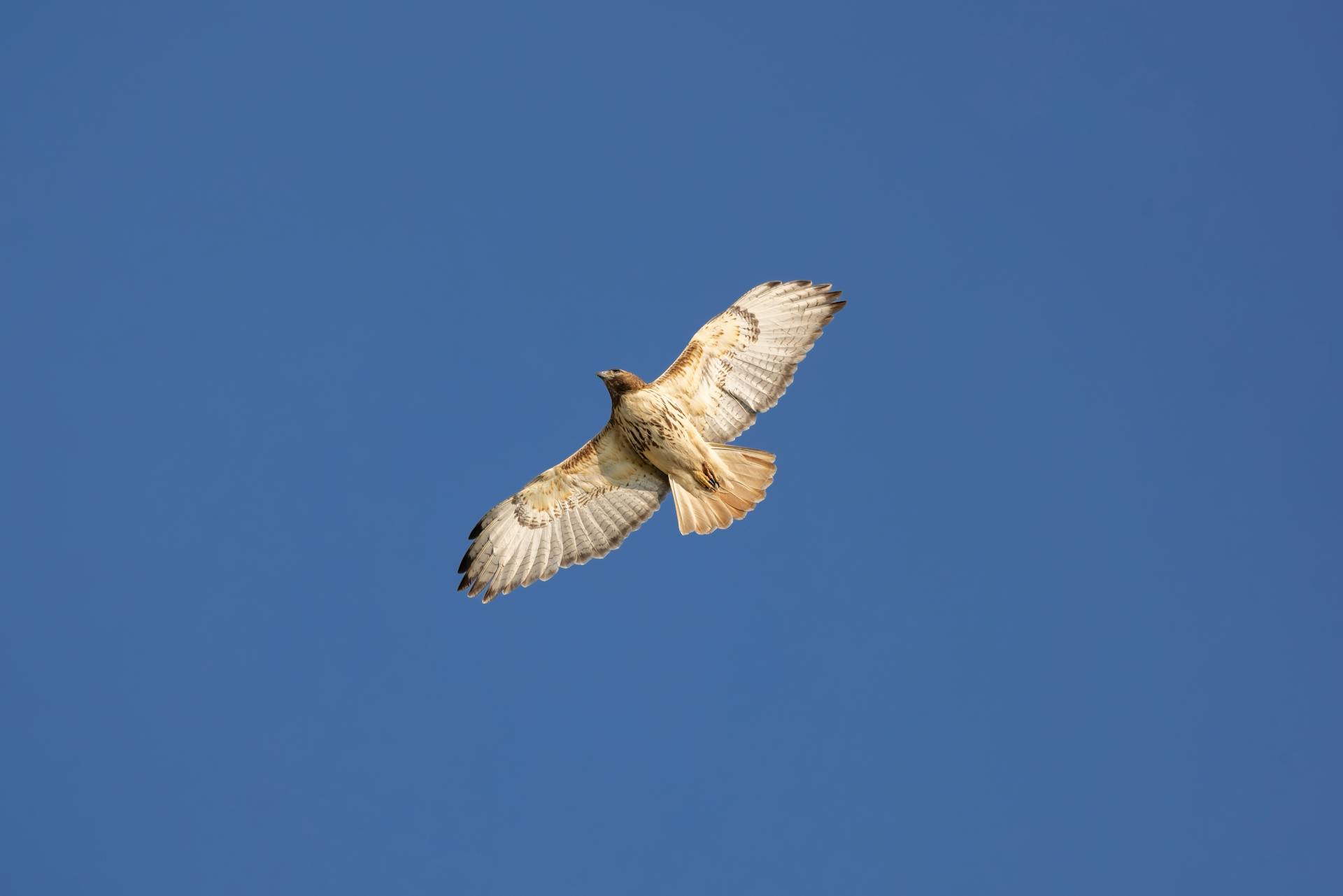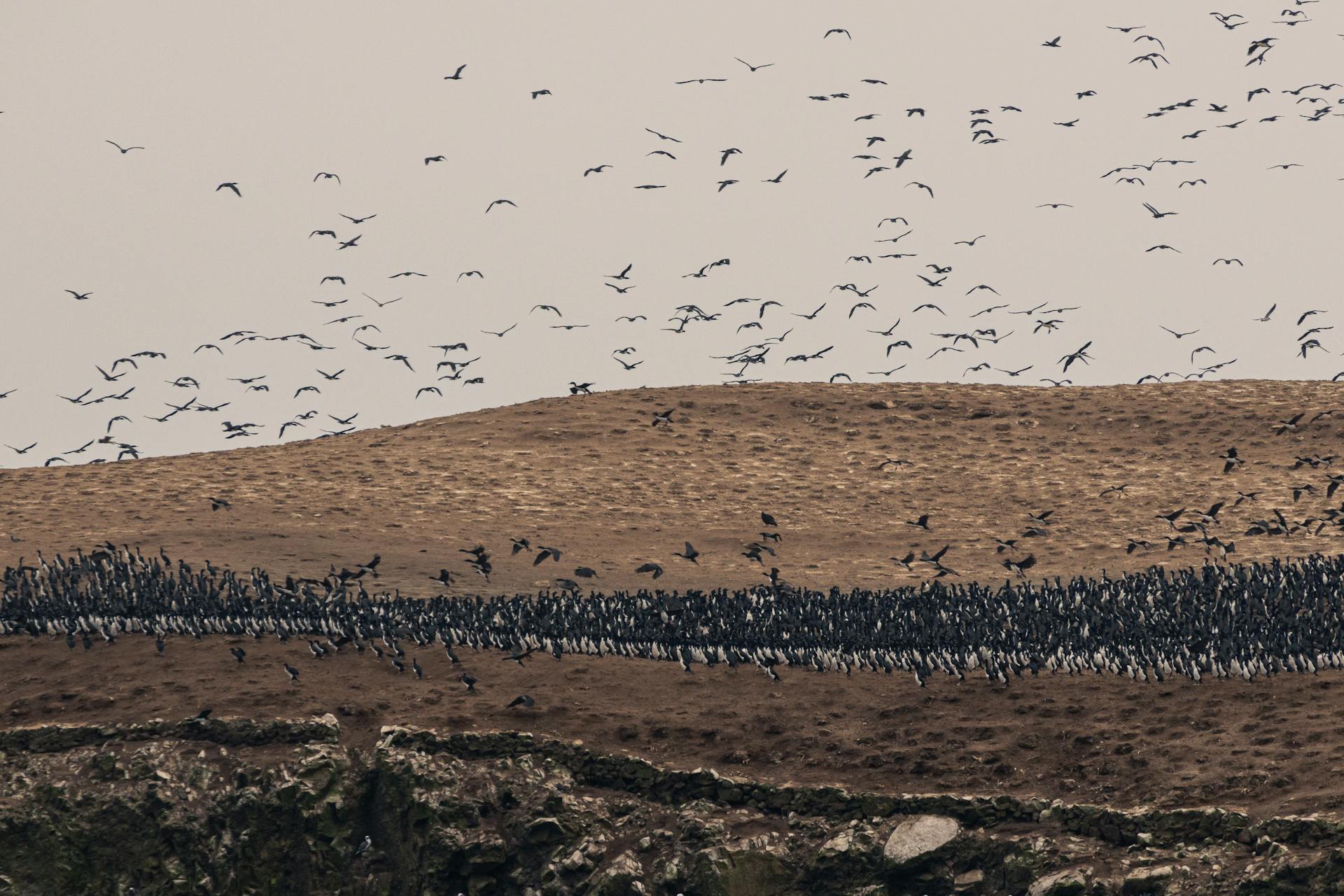In a world where the sky seems boundless, some birds defy gravity and soar to heights that leave even the most adventurous humans in awe. Imagine a creature that glides effortlessly at altitudes surpassing the peaks of the highest mountains. These remarkable avian athletes not only showcase the extraordinary capabilities of nature but also play a crucial role in our ecosystem, adapting to extreme environments and migrating across vast distances. Studying these high-flying birds offers valuable insights into their unique adaptations, survival strategies, and the impact of changing climates on their migratory patterns.
In this article, we will explore the top 10 birds that hold the record for the highest flights, each representing the incredible diversity and resilience of bird species. From the breathtaking bar-headed goose, known for its astonishing journey over the Himalayas, to the majestic Rüppell’s griffon vulture, which soars higher than any other bird on record, join us as we uncover the secrets of these aerial champions and the remarkable heights they achieve in the sky.
Criteria for Determining Highest Flying Birds
To understand what makes a bird a high-flyer, it’s essential to know how altitude is measured. Altitude is typically quantified in feet or meters above sea level, with the highest recorded flights relying on data gathered through various methods. Researchers employ a combination of ground-based observations and tracking technologies to monitor bird movements and assess their flight heights. GPS tracking, for instance, provides precise data on a bird’s altitude and migration routes, while radar technology can track the movements of birds over vast distances. Additionally, ornithologists often rely on direct observation and anecdotal evidence from experienced birdwatchers to corroborate findings and build a comprehensive picture of avian flight behavior.
Accurate data collection is vital for understanding the behavior of high-flying birds. This information helps researchers uncover patterns in migration, feeding, and breeding habits, offering insights into how these species adapt to their environment. By analyzing altitude data, scientists can also assess the impact of environmental factors, such as climate change, on bird populations. Understanding these adaptations not only enriches our knowledge of avian biology but also aids in the conservation of these remarkable species, ensuring that they continue to thrive at the heights they have mastered.
The Top 10 Highest Flying Birds
Bar-headed Goose (Anser indicus)
One of the most remarkable high-flying birds is the Bar-headed Goose, which has been recorded flying at altitudes exceeding 29,000 feet (8,800 meters). These geese are known for their extraordinary migration across the Himalayas, where they navigate extreme altitudes and thin air. Their physiology is specially adapted to high-altitude flight; they possess a unique respiratory system that allows them to efficiently extract oxygen, even in low-oxygen environments. This adaptation not only enables them to complete their migratory journey but also makes them a fascinating subject for studies on avian resilience.
Common Crane (Grus grus)
The Common Crane is another exceptional species, reaching altitudes of around 30,000 feet (9,144 meters). These birds undertake long migratory journeys between their breeding grounds in Europe and wintering areas in Africa and South Asia. They utilize thermal updrafts to gain height, conserving energy during their extensive travels. Their seasonal behaviors are marked by elaborate courtship displays, which can be seen during migration. These cranes demonstrate remarkable adaptability, thriving in diverse habitats, including wetlands, grasslands, and agricultural fields.
Rüppell’s Griffin Vulture (Gyps rueppelli)
Holding the record for the highest flight of any bird, the Rüppell’s Griffin Vulture has been documented soaring at an astounding 37,000 feet (11,278 meters). This vulture primarily inhabits mountainous regions of Africa and plays a critical role in the ecosystem as a scavenger, helping to clean up carrion and prevent the spread of disease. Their high-altitude flights allow them to spot food from great distances, which is essential for their survival in the arid environments they often inhabit.
Andean Condor (Vultur gryphus)
The Andean Condor, known for its majestic wingspan, can reach altitudes of approximately 15,000 feet (4,572 meters). This bird is an expert at soaring and can cover vast distances with minimal energy expenditure. Its flight patterns are characterized by gliding over the Andes mountains, taking advantage of thermal currents. The Andean Condor is currently facing threats from habitat loss and hunting, prompting conservation efforts aimed at protecting this iconic species.
White Stork (Ciconia ciconia)
The White Stork is another remarkable migratory bird, reaching altitudes of around 16,000 feet (4,877 meters) during its journeys from Europe to Africa. These storks are known for their long-distance migrations and exhibit strong site fidelity, often returning to the same nesting sites each year. Their adaptability to various habitats, including wetlands and agricultural areas, has allowed them to thrive in human-altered landscapes.
Yellow-billed Stork (Mycteria ibis)
The Yellow-billed Stork typically flies at altitudes of approximately 11,000 feet (3,353 meters). These storks are found in wetlands and estuaries and have developed unique feeding strategies that allow them to forage effectively in shallow waters. Their migration patterns are influenced by seasonal changes, and they play an important ecological role in their habitats.
Whooper Swan (Cygnus cygnus)
The Whooper Swan is capable of flying up to 27,000 feet (8,230 meters) during migration. These swans are known for their beautiful, melodious calls and striking appearance. They migrate from their breeding grounds in Iceland and northern Europe to wintering areas in the British Isles and Asia. Their social structures and cooperative behaviors during migration enhance their survival and efficiency in finding suitable habitats.
Alpine Chough (Pyrrhocorax graculus)
The Alpine Chough reaches altitudes of around 15,000 feet (4,572 meters). Adapted to life in mountainous regions, these birds have a distinctive diet that includes insects and berries found in high-altitude environments. They exhibit fascinating behaviors, such as aerial displays and foraging in groups, which enhance their survival in challenging conditions.
Red-billed Chough (Pyrrhocorax pyrrhocorax)
Similar to its alpine counterpart, the Red-billed Chough also reaches heights of around 15,000 feet. These social birds are known for their striking plumage and playful behavior, often seen foraging in groups. Their cultural significance is noteworthy, as they feature in local folklore and are considered symbols of freedom and adventure.
Lappet-faced Vulture (Torgos tracheliotus)
Finally, the Lappet-faced Vulture has been recorded flying at approximately 18,000 feet (5,486 meters). This scavenger is essential for its ecosystem, aiding in the decomposition of carrion. However, like many vultures, it faces significant conservation challenges due to habitat loss and poisoning. Efforts to raise awareness about their plight are crucial for the survival of this majestic bird.
The Importance of High-Flying Birds
High-flying birds play a vital role in maintaining the ecological balance and biodiversity of their habitats. As scavengers, many of these species help control disease by cleaning up carrion, preventing the spread of pathogens. Their migratory patterns also have significant implications for the ecosystems they inhabit, influencing the distribution of plant and animal species along their routes. Understanding the behavior and ecology of these remarkable birds is crucial for conserving the environments they rely on and mitigating the effects of climate change on their populations.
Conservation Status and Challenges
Despite their remarkable adaptations and ecological significance, many high-flying birds face numerous challenges that threaten their survival. Habitat loss due to urban development, agriculture, and climate change has drastically altered the landscapes these birds depend on for breeding, feeding, and migration. Additionally, human activities such as hunting, poisoning, and pollution pose serious threats to their populations. For instance, vultures around the world have seen dramatic declines due to ingesting toxic substances from carcasses contaminated by veterinary drugs, leading to increased mortality rates.
Conservation efforts are crucial to protect these incredible species and their habitats. Organizations worldwide are working to raise awareness about the importance of these birds and implement measures to ensure their survival. For example, the establishment of protected areas, restoration of habitats, and monitoring programs have been initiated to help high-flying birds thrive. In some regions, local communities are involved in conservation initiatives, promoting sustainable practices that benefit both wildlife and human populations.
Successful conservation programs have shown promising results. For instance, the population of the Andean Condor is slowly recovering in areas where protective measures and habitat restoration efforts are in place. Education campaigns that highlight the ecological roles of these birds have also helped foster a sense of stewardship among the public. By advocating for the protection of these remarkable species, we can ensure that future generations will continue to marvel at their beauty and resilience.
Conclusion
The world of high-flying birds is a testament to the wonders of nature and the extraordinary adaptations that allow these species to conquer the skies. From the awe-inspiring bar-headed goose, soaring over the Himalayas, to the majestic Rüppell’s griffon vulture, gliding at heights unmatched by any other bird, each of these avian champions demonstrates the resilience and beauty of life in the air. Their migratory journeys and ecological roles are vital to the health of our planet, making it essential for us to protect their habitats and advocate for their conservation.
As we marvel at the remarkable adaptations of these high-flying birds, let us also recognize our responsibility to support conservation efforts. By raising awareness and taking action to preserve these species, we can help safeguard their future and ensure that the skies remain filled with the enchanting sights and sounds of these incredible birds. Together, we can protect these extraordinary creatures and the ecosystems they inhabit, fostering a deeper appreciation for the natural world around us.
Frequently Asked Questions (FAQs)
1. What is the highest flying bird in the world?
The highest flying bird in the world is the Rüppell’s griffon vulture (Gyps rueppelli), which has been recorded at altitudes of approximately 37,000 feet (11,278 meters). This incredible height allows them to spot carrion from great distances.
2. How do birds fly at such high altitudes?
Birds that fly at high altitudes have specialized adaptations that enable them to thrive in low-oxygen environments. These adaptations include efficient respiratory systems, larger lung capacities, and changes in hemoglobin that allow for better oxygen transport in their blood. Additionally, high-flying birds often utilize thermal updrafts to gain altitude without expending much energy.
3. Why do birds migrate at such high altitudes?
High-altitude migration allows birds to take advantage of favorable weather conditions and avoid potential predators. By flying at elevated heights, they can reduce air resistance and conserve energy during long migratory journeys. Furthermore, many high-flying species travel over mountainous regions where lower altitudes may be unsuitable for safe passage.
4. What are the primary threats to high-flying birds?
High-flying birds face several threats, including habitat loss due to urbanization and agricultural expansion, climate change, hunting, and poisoning from contaminated carcasses. These threats have led to significant declines in certain species, prompting urgent conservation efforts.
5. How can I help protect high-flying birds?
You can support the protection of high-flying birds by getting involved in local conservation initiatives, advocating for policies that protect their habitats, and raising awareness about the challenges they face. Additionally, you can support organizations focused on avian conservation, participate in birdwatching, and promote responsible wildlife interactions.
6. Are there any conservation programs specifically for high-flying birds?
Yes, various conservation programs focus on high-flying birds, such as habitat restoration, protection of migratory routes, and awareness campaigns. Some initiatives involve local communities to promote sustainable practices that benefit both wildlife and human populations. Success stories, such as the recovery of the Andean condor, demonstrate the effectiveness of these efforts.
7. What can I do to learn more about high-flying birds?
To learn more about high-flying birds, you can explore birdwatching groups, read books and articles on ornithology, and attend workshops or seminars focused on bird conservation. Engaging with local wildlife organizations and participating in citizen science projects can also enhance your knowledge and appreciation of these incredible avian species.


